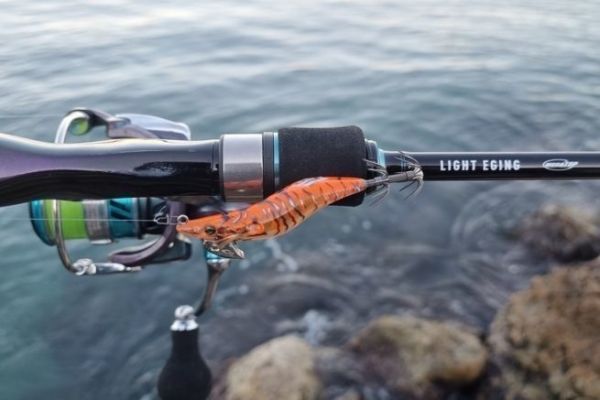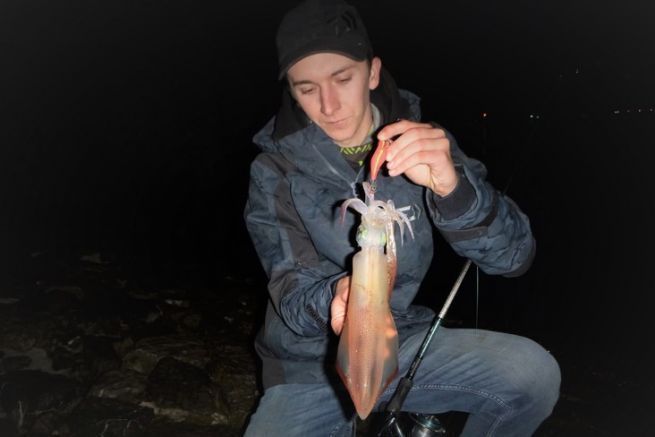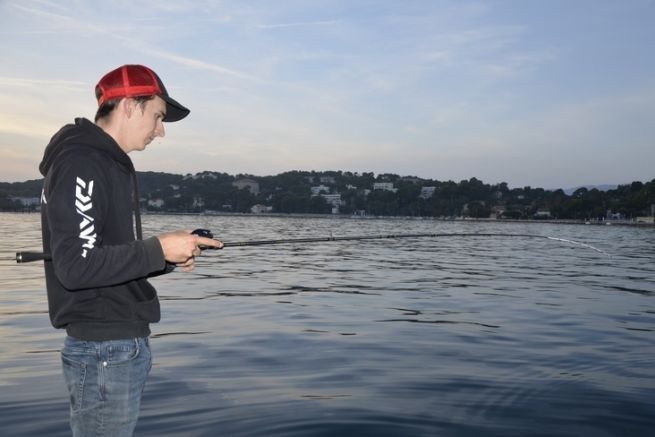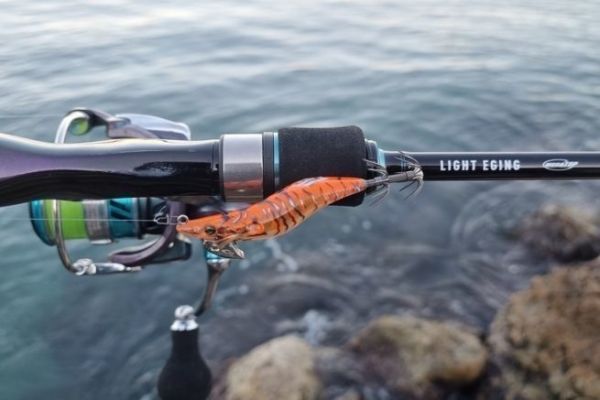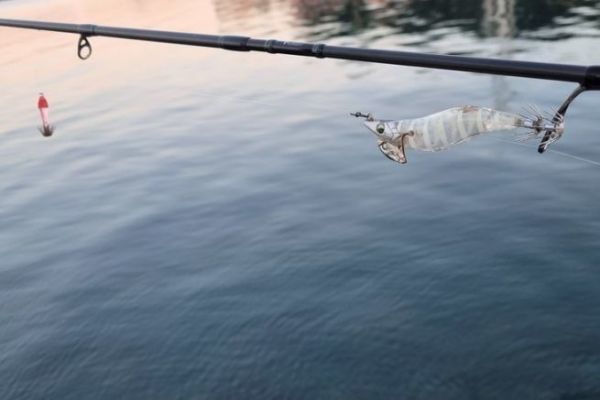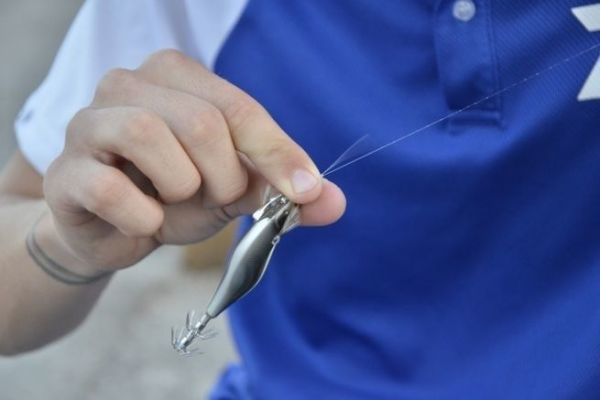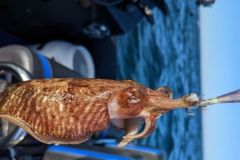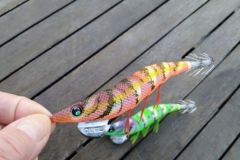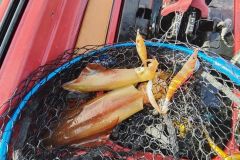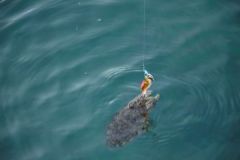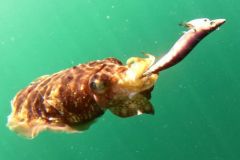Presentation of the light eging technique
The principle of light eging is to use light tackle and small jigs to catch cephalopods such as squid or cuttlefish. The size of the jigs used generally varies between 1.8 and 3.0, although the most used size is 2.5.
To cast such small jigs at a good distance, specialized rods exist whose power range is adapted to these small jigs. They are generally long rods, more than 2m40, to obtain casting distances greater than 40 meters.
The light eging is practiced with finesse, especially in the animations which must be softer to allow these jigs to animate correctly. This technique is widely practiced in the Mediterranean, but also in Spain on the Basque coast where it is very effective.
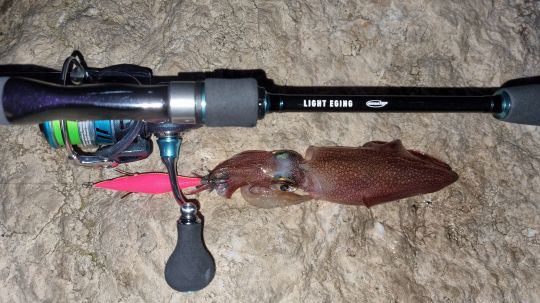
The value of fine fishing
Light eging is mostly practiced to increase the sensations during the fights with cephalopods. However, it is a technique that can capture a large number of squid, especially when the water is clear and the cephalopods are wary.
Light eging is also used when squid feed almost exclusively on anchovies or small sardines. When a squid gets used to feeding on prey smaller than 8 cm, it is difficult to get it to bite on large jigs.
By fishing fine, we also take advantage of the maximum potential of a jig since we do not restrict its swimming and its speed of descent with large leaders or thick braid.
Light fishing and big catches
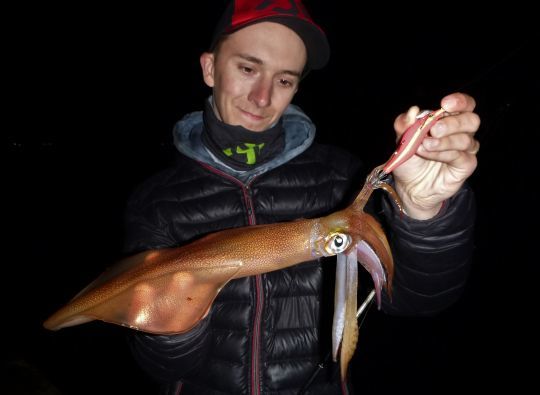
Although using small jigs may make us think that our catch will be small, this is not always true. Large squid, like small squid, have fragile tentacles.
Thanks to light eging, the rods we use are thinner than conventional rods and therefore better able to absorb the jolts given by a cephalopod when it is stung. It is not uncommon when using a powerful rod to throw large jigs, the tentacles tear during the fight, because the rod does not absorb enough. A light eging rod will work perfectly on large cephalopods, increasing our chances of not tearing or stalling them, while offering maximum thrill during the fight.
Light eging can be practiced in any season, especially in early winter when the average size of squid is quite small. In the middle of the season of large individuals, light eging will be an asset to have up your sleeve to increase your chances of success when squid feed on small forage fish.

 /
/ 